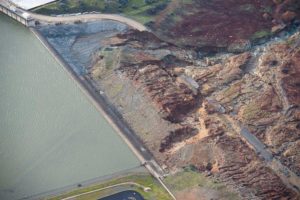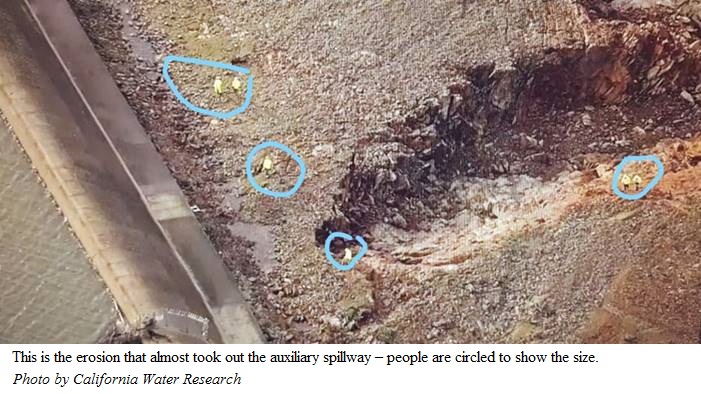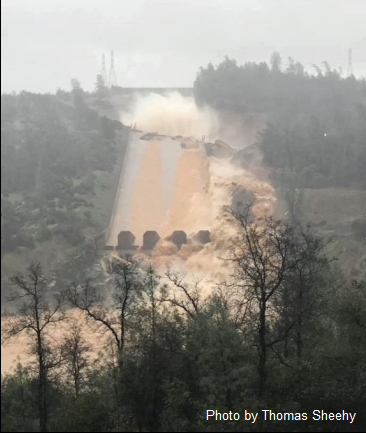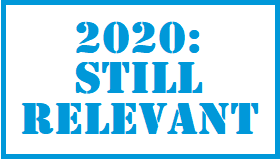 11.25.16, Chico Enterprise-Record: The upcoming Donald Trump presidency will reshape people’s lives in ways large, small or not at all, depending on each person’s circumstances. But we can think of nothing that can affect our entire region more than Trump’s position on water.
11.25.16, Chico Enterprise-Record: The upcoming Donald Trump presidency will reshape people’s lives in ways large, small or not at all, depending on each person’s circumstances. But we can think of nothing that can affect our entire region more than Trump’s position on water.
As is the case with many issues, it’s hard to know exactly where Trump stands.
The indications we get so far from the president- elect, however, have us concerned the Sacramento Valley could become a much larger version of the Owens Valley. The Sacramento- San Joaquin Delta region has good reason to worry as well.
Back in May, Trump made a campaign stop in Fresno. The drought has hit hard in the lower half of the state, much worse than up here. Trees are dying in the Sierra and farmland in the valley is being fallowed because of a lack of water.
Trump has a way of telling a crowd what it wants to hear, and since he was speaking to farmers in Fresno who see their livelihood at risk, he told them, “ There is no drought” and promised that if he were elected, he would “open up the water.”
Both of those statements are so incorrect and incoherent, it’s hard to know where to begin.
Rainfall totals prove that, particularly in the southern half of the state, there is indeed a drought. Rain gauges don’t lie. As for “opening up the water,” what does that mean? We have to assume Trump believes he can move water from a place that has it ( here) to a place that doesn’t (there).
Maybe as president he can, but federal courts have made it clear the federal government can’t just bypass the delta and harm the fragile ecosystem there without regard. Until he changes judges in the courts.
Meanwhile, the tired old fish vs. people argument is far too simplistic. The simple answer, however, always appeals to a politician.
When it comes down to that question, of course people are more important than fish. But if the delta and the lower stretches of the Sacramento became salty holding basins, if delta and north valley communities were sacrificed so that San Joaquin Valley farmers can continue to grow orchards in a desert, if north state water rights were stolen so a more populous area of the state could prosper, then it’s not a matter of fish vs. people. It’s a matter of people vs. people.
Maybe those were just words — campaign promises to get votes. But a couple of developments in the aftermath of Trump’s big win are telling.
First, Trump has appointed a former lobbyist for the San Joaquin Valley’s giant Westlands Water District to lead the transition team overseeing the Interior Department. That lobbyist, David Bernhardt, has been trying to convince Congress to take more water out of the delta and ship it south.
Second, Trump appointed Rep. Devin Nunes, R-Visalia, to his transition team. Nunes hosted a big fundraiser for Trump, so he was rewarded. Nunes is pushing a bill that would increase water deliveries to farmers south of the delta. That bill is supported by all House Republicans from California, including Doug La-Malfa, R-Richvale.
LaMalfa maintains the bill would preserve north state water rights and deliver more water to farmers in the San Joaquin Valley. Guess what loses? Fish, the delta ecosystem and the environment. No more releasing water at key times for endangered salmon. No more worrying about fish they think are insignificant, like the delta smelt. Farming comes first.
Even farmers up here, where there is abundant water, know they can’t pillage the environment in order to grow crops. If LaMalfa, Nunes, Trump and the rest of the beltway insiders don’t care, we hope local farmers do.
They need to keep a close eye on water developments, or our water rights will be the next to go.
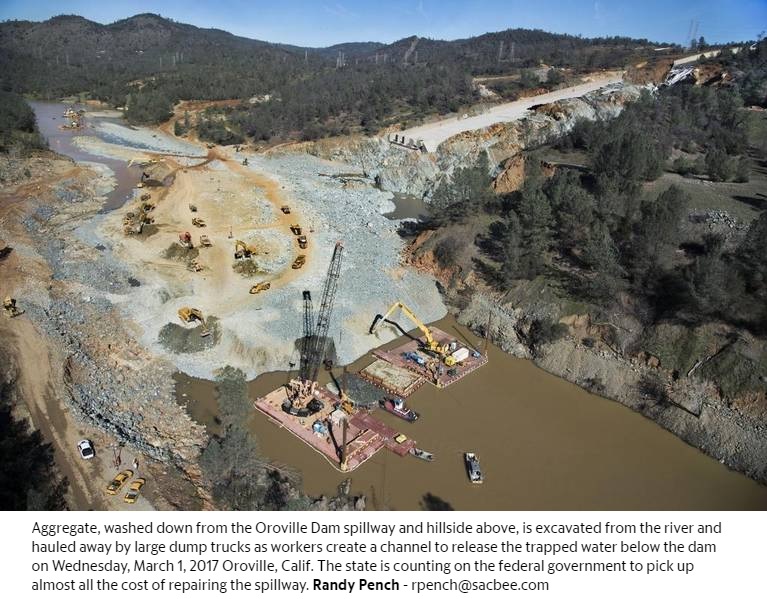 and regional agencies that contract with the State Water Project? The 700-mile network of canals, pipelines and lakes, including Lake Oroville, brings water mostly from Northern California to parts of the San Francisco Bay Area, Central Valley and Southern California.
and regional agencies that contract with the State Water Project? The 700-mile network of canals, pipelines and lakes, including Lake Oroville, brings water mostly from Northern California to parts of the San Francisco Bay Area, Central Valley and Southern California.

